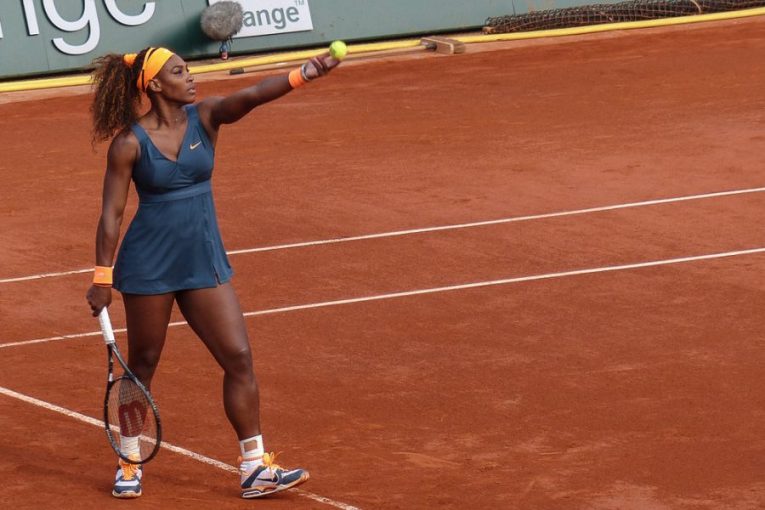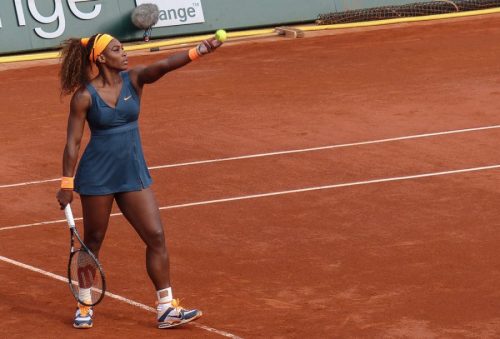

By Miu Kikuchi
LOS ANGELES — The 2023 U.S. Open took place from Aug. 28 to Sept. 10, and was especially significant because it celebrated the 50th anniversary of the decision to award male and female athletes equally. Just a month ago, both the Women’s Singles Champion, Coco Gauff, and the Men’s Singles Champion, Novak Djokovic, were awarded $3 million for their respective wins.
This progressive tradition dates back to 1972, when former world number one women’s player Billie Jean King received only $10,000 in prize money , while her male counterpart received $25,000 for the same accomplishment — winning the U.S. Open.
Frustrated by this inequality, King and other prominent female tennis professionals threatened to boycott the tournament if they were not granted equal prize money. The U.S. Open complied, and other Grand Slams followed this precedent, with the Australian Open granting equal prize money since 2001 and the French Open and Wimbledon since 2007.
There is no doubt that tennis is making significant progress, but tennis is by no means perfect. Particularly, other forms of gender inequality still existing in tennis are often unacknowledged by much of the public. One of the worst examples of this gender inequality reveals itself in media coverage disparities.
During 2018’s Wimbledon, Australian Open, and French Open, the number of articles covering men’s matches severely exceeded those covering women’s matches. During Wimbledon, the numbers were 32,200 to 20,180. During the Australian Open, it was 28,130 to 13,900. During the French Open, 13,300 to 7,500.
The U.S. Open was the only exception to this pattern; largely due to a scandal that occurred between Naomi Osaka and Serena Williams in the Women’s Singles Championship. However, this exception is only a testament to the fact that manufactured controversy was necessary to give female athletes the attention they rightfully deserve.
This disparity in media coverage goes beyond the number of articles written — or perhaps unwritten. Particularly, the manner in which journalists approach male and female athletes is drastically different. While the media largely focuses on male athletes’ performance, female players receive more attention on their lives outside of the courts, such as their lifestyle or interpersonal relationships.
Though this may not seem too consequential, it is hard to ignore the patriarchal undertones. Whether this bias is intentional or unintentional is up for debate, but the idea that women are more domestically oriented while men are more career-oriented seems to be prevalent in the way female tennis players are portrayed by media outlets.
Furthermore, male and female players are not met with the same amount of respect and solemnity. Males are 50% more likely than females to be referred to as the “GOAT” or “greatest of all time”. Even worse, a Google search of “Top 50 tennis players” will not even list one female player.
Most of the athletes listed by Google Search as the top 50 tennis players have not won any Grand Slams or ATP tournaments, but they are placed above 23-time grand-slam champion Serena Williams and 18-time grand-slam champion Chris Evert — two of the most prolific tennis stars of all time, who are both female.
The most prevalent argument made by those who are opposed to gender equality in sports is that the viewership between men’s sports and women’s sports is different. They claim that more people watch men’s sports, and, because of this, they should receive better benefits.
Though this may be true in certain sports, tennis is not one of them. For example, in 2021, the women’s U.S. Open Championship averaged 2.44 million viewers with a 0.38 rating, compared to the men’s U.S. Open Championship average of 2.05 million viewers and a 0.35 rating. 2019 and 2021 followed suit, with both tournaments having viewership of women’s tennis outperforming men’s by around 500,000 each year. Not only did women receive more viewers in the U.S. Open for three consecutive years, but they have consistently received higher ratings as well.
If women’s tennis is clearly more popular, at least in the recent U.S. Open tournaments, why does the media reflect a completely opposite narrative?
Other than the obvious fact that this media discrepancy is discriminatory, it also poses negative effects on women, specifically adolescent girls. By the age of fourteen years old, female adolescents drop out of their sports twice as much as their male counterparts. One of the reasons for this unfortunate reality is the lack — or perceived lack — of positive role models. There are many inspirational female athletes in every sport sector, but because the media continuously fails to accurately display their presence and performance, adolescent girls have a skewed view of a prototypical woman: externally beautiful, never confident or athletic.
The absolute excellence of many female athletes’ careers has made media representation a right, not a privilege. Equality is not an option but a necessity. Female tennis players deserve to be recognized for their hard-earned success, and it is about time for society to appreciate them. We, as tennis fans, have made great strides towards gender equality, and there is no reason for us to slow our progress now.




